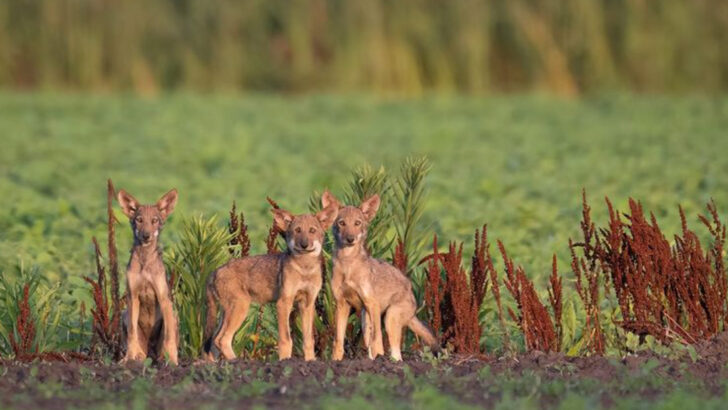It’s a rare sight—the wild wolf, roaming freely in the heart of the U.S. But in one corner of North Carolina, these majestic creatures are fighting for their very survival.
The Alligator River National Wildlife Refuge is home to the largest wild wolf population outside Alaska, but their existence is anything but guaranteed. Red wolves, once widespread across the southeastern U.S., now cling to life in this refuge, their numbers dwindling to fewer than 20 in the wild.
Every wolf counts, and every effort to protect them is a race against time. With human intervention, habitat loss, and road collisions pushing them to the brink, this last bastion for red wolves holds the key to their future.
Will these wolves continue to howl in the wild, or will they fade into extinction? Only time—and dedicated conservation efforts—will tell.
The Heart of the Refuge
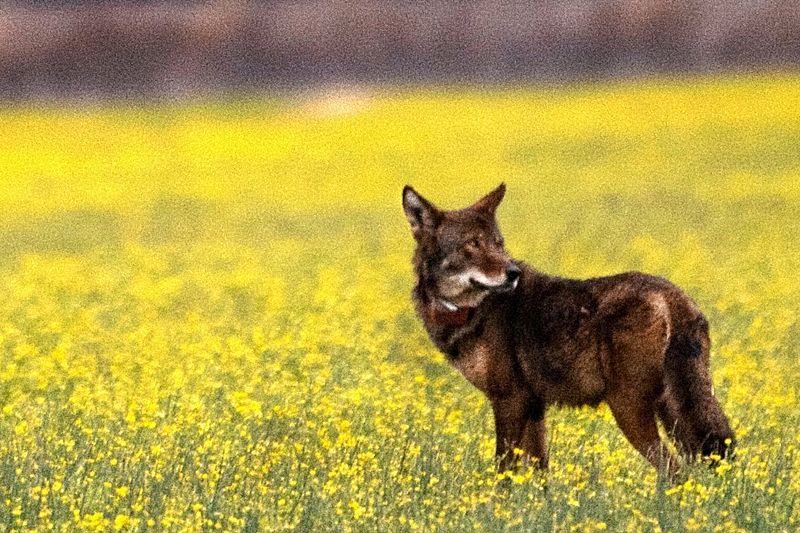
Amidst the lush expanse of the Alligator River National Wildlife Refuge, the heart of the wolf territory beats strong. Here, wetlands and forests blend seamlessly, creating a diverse ecosystem that nurtures an abundance of wildlife, especially the majestic wolves.
Walking through the refuge, one can sense the harmony between land and animal, a delicate balance maintained over the years. It’s a haven for those who find solace in nature’s rhythm and wish to witness the wolves’ legacy firsthand, surrounded by the soft rustling of leaves and the distant howl of a pack.
This refuge not only protects its residents but also offers a unique glimpse into their world, where every corner tells a story of survival and resilience.
Wolf Conservation Efforts
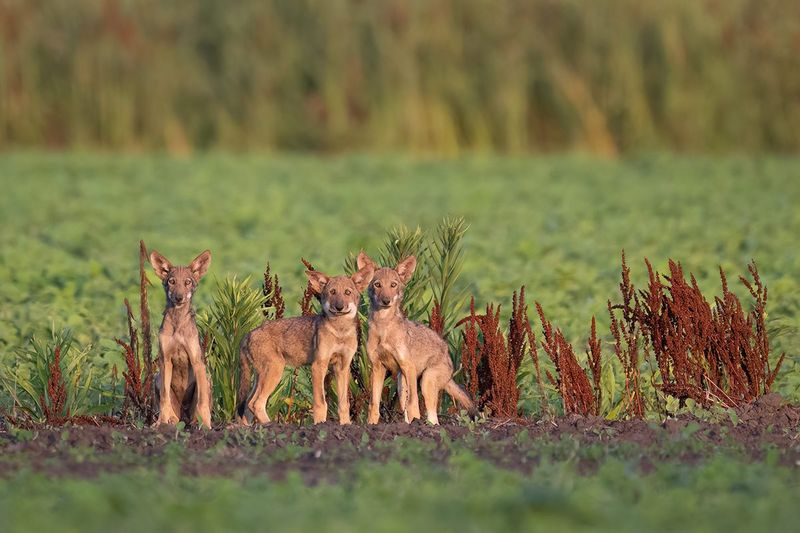
In the shadows of towering trees, dedicated conservationists tirelessly work to ensure the wolves thrive. Their efforts are a testament to human commitment to preserving nature’s wonders.
Tracking collars, field studies, and habitat management are just a few tools used to monitor and protect the wolf population. The biologists’ passion shines brightly, like beacons of hope for these beautiful creatures.
Their work not only safeguards the wolves but also educates the public, fostering a deeper understanding of the delicate ecosystems in which these wolves roam, making every effort count in this environmental tapestry.
A Symphony of Howls

The night at Alligator River is alive with the symphony of howls that echoes through the trees, as if the wolves are singing to the moon. Each howl is a message, a call to the pack, a declaration of territory, or simply a wolf’s soulful expression.
Visitors standing beneath the canopy of stars are often left in awe, captivated by this primal music. It’s a sound that stirs the soul and connects us to a time long past, where wolves roamed freely.
This nightly concert is a reminder of the wild beauty that exists within the refuge, a true testament to the wolves’ enduring spirit.
Red Wolves: The Stars of the Show
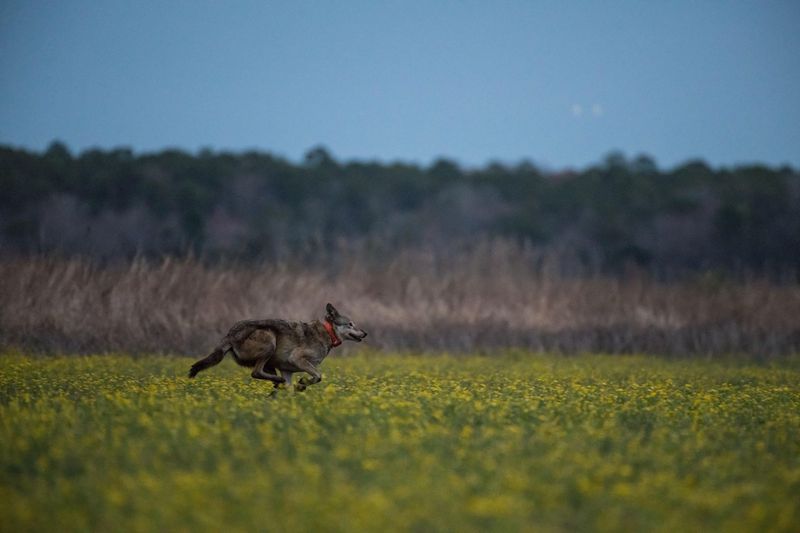
Among the stars of the refuge are the red wolves, their rust-colored coats gleaming in the sun. They are a rare sight, an endangered species that finds sanctuary here, away from the threats of the modern world.
Their presence is a symbol of hope and recovery, a living example of successful conservation. With their keen eyes and agile movements, these wolves are the heart and soul of the refuge.
Visitors lucky enough to spot a red wolf will carry that memory forever, a fleeting glimpse of nature’s resilience and the refuge’s role in preserving these magnificent creatures.
The Refuge’s Diverse Ecosystem
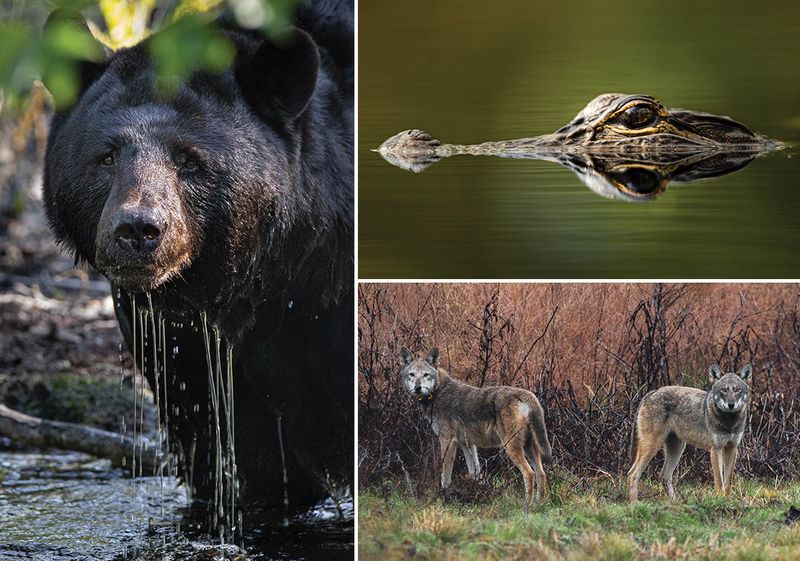
Beyond the wolves, the refuge is a vibrant tapestry of life. From the flutter of a butterfly’s wings to the splash of a fish in a quiet pond, every element plays a role in this complex ecosystem.
The diverse habitats support not only wolves but also countless other species, each contributing to the ecological balance. Birdwatchers delight in the myriad of avian species, while botanists revel in the plant diversity.
This thriving environment is a living classroom, offering visitors a chance to learn about the interconnectedness of life and the importance of protecting these natural spaces for future generations.
Visitor’s Experience
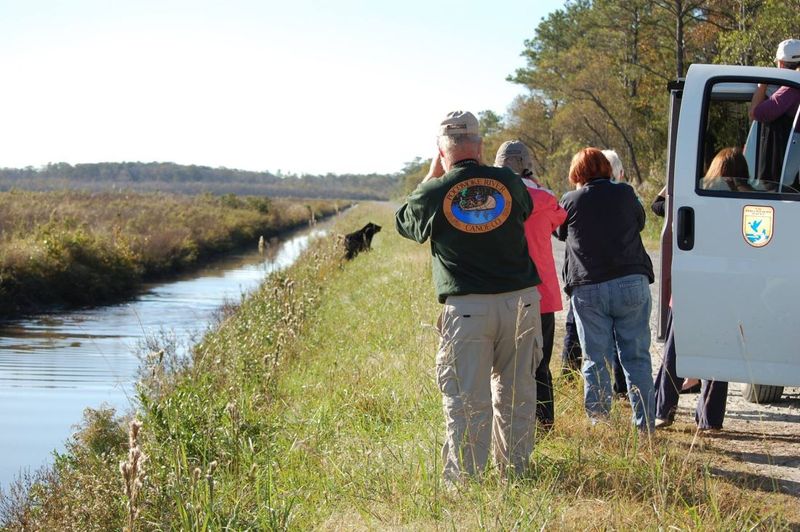
For visitors, the refuge is a doorway to adventure. Winding trails invite exploration, each path offering glimpses of wildlife, from deer grazing in open fields to birds soaring overhead.
Guided tours provide insights into the refuge’s inhabitants and history, making each visit informative and memorable. The experience is designed to be engaging for all ages, igniting a passion for nature in young and old alike.
Whether it’s the thrill of spotting a wolf or the tranquility of the surrounding forest, the refuge promises a journey of discovery, evoking a sense of wonder and appreciation for the natural world.
The Importance of Preservation
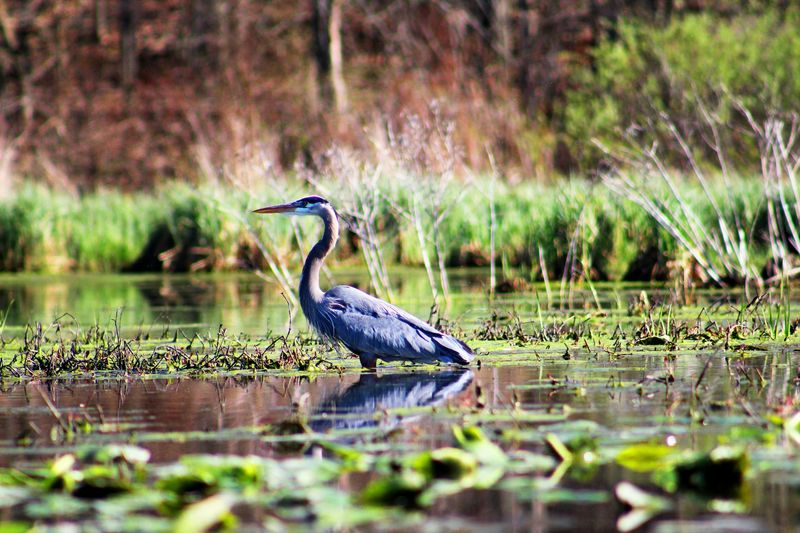
Preservation is at the heart of the refuge’s mission, a commitment to safeguarding this precious ecosystem for future generations. Signs around the refuge remind visitors of this responsibility, urging them to respect the land and its inhabitants.
Conservation efforts here are not just about the wolves; they encompass the entire landscape, ensuring that every species, plant, and animal thrives.
By supporting the refuge, visitors contribute to a legacy of conservation, a promise to protect the wild spaces that inspire and sustain us. It’s a call to action, to preserve the beauty and wonder of the natural world for those who follow.

